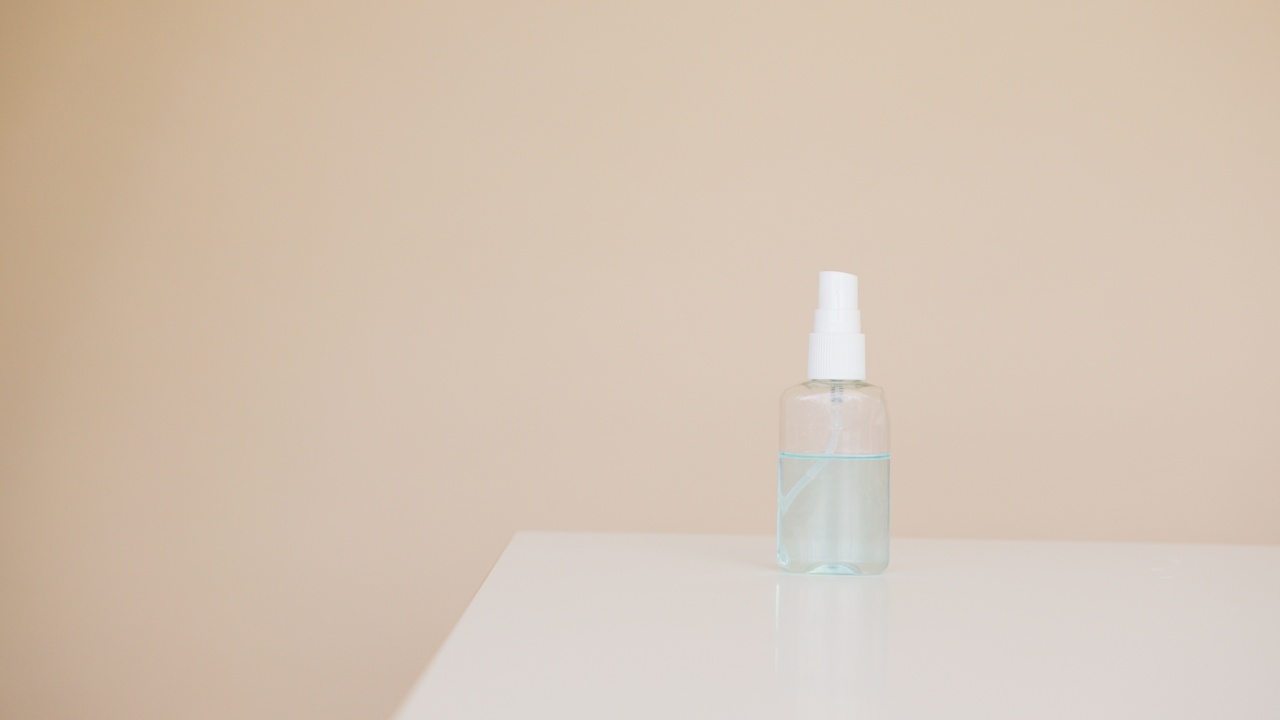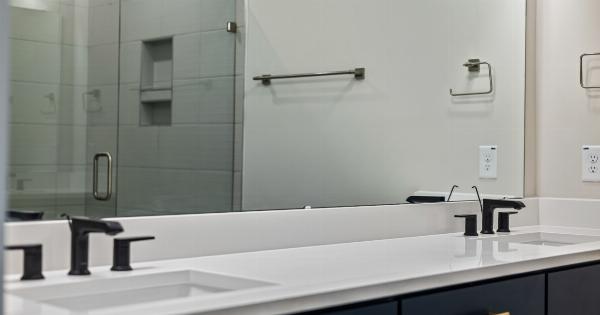Allergies to cosmetics are becoming increasingly common and can cause a range of unpleasant symptoms. For individuals who experience these allergies, it is crucial to understand the symptoms and take appropriate preventive measures.
This article aims to explore the symptoms of cosmetic allergies and provide valuable tips on how to prevent them.
The Common Symptoms of Cosmetic Allergies
Cosmetic allergies can manifest in various ways, with symptoms typically appearing on the site of application. The following are the most common symptoms experienced by individuals with cosmetic allergies:.
1. Skin Redness and Irritation
One of the primary symptoms of a cosmetic allergy is skin redness and irritation. Upon applying a problematic product, the skin may become inflamed, itchy, and sensitive. This reaction is often localized to the area where the cosmetic was used.
2. Rash or Hives
Another common symptom is the development of a rash or hives. These may appear as small, raised bumps on the skin and can be itchy or painful. These allergic reactions often occur due to the presence of certain ingredients in cosmetics.
3. Swelling
In some cases, cosmetic allergies can lead to swelling. Swelling can affect the eyes, lips, face, or other areas where the cosmetics were applied. This symptom usually occurs shortly after using a problematic product.
4. Dry, Flaky Skin
Individuals with cosmetic allergies may also experience dry and flaky skin. The skin may feel tight, and fine flakes may appear, especially in the area where the allergenic product was used.
This symptom can be uncomfortable and aesthetically displeasing.
5. Blisters or Oozing
In severe cases, cosmetic allergies can cause blisters or oozing of fluids. These symptoms indicate a more severe allergic reaction. If blisters or oozing occur, it is essential to seek medical attention for proper diagnosis and treatment.
6. Burning or Stinging Sensation
Some individuals may experience a burning or stinging sensation upon using cosmetics they are allergic to. This sensation can be highly uncomfortable and may accompany other symptoms of cosmetic allergies.
7. Difficulty Breathing
In rare cases, individuals with severe cosmetic allergies may have difficulty breathing. This symptom necessitates immediate medical attention, as it could be a sign of a severe allergic reaction called anaphylaxis.
8. Watery or Bloodshot Eyes
For individuals allergic to specific eye makeup products, such as mascaras or eyeliners, watery or bloodshot eyes can be a common symptom. These allergic reactions can be highly bothersome and may affect vision temporarily.
9. Headaches or Migraines
Some individuals may experience headaches or migraines as a result of cosmetic allergies. Strong fragrances, chemicals, or other ingredients in cosmetics can trigger these headaches, making it crucial to identify and avoid the triggering products.
10. Itchiness and Discomfort
Last but not least, cosmetic allergies often lead to intense itchiness and discomfort. The affected area may feel incredibly itchy, making it difficult to resist scratching.
However, scratching can worsen the symptoms and lead to further complications, such as skin infections.
Preventing Cosmetic Allergies
Prevention is key when it comes to cosmetic allergies. Here are some effective preventive measures you can take to minimize the risk:.
1. Patch Test
Before using a new cosmetic product, always perform a patch test. Apply a small amount of the product on a small area of your skin, such as your inner forearm, and wait for 24-48 hours to observe any allergic reactions.
If no reaction occurs, the product is likely safe to use.
2. Read Ingredient Labels
Thoroughly read the ingredient labels of cosmetic products before purchasing or using them. Look for potential allergens, such as fragrances, preservatives, or dyes, and avoid products that contain these substances if you know you are allergic to them.
3. Choose Hypoallergenic Products
Opt for hypoallergenic cosmetic products. These products are specifically formulated to minimize the risk of an allergic reaction.
However, keep in mind that even hypoallergenic products may not be entirely allergen-free for everyone, so patch testing is still important.
4. Avoid Fragrances
Fragrances are a common trigger for cosmetic allergies. Avoid using products that contain added fragrances, as these can cause irritation and allergic reactions. Instead, choose fragrance-free or unscented products.
5. Perform Regular Skin Checks
Regularly inspect your skin for any changes or reactions after using cosmetic products. If you notice any symptoms of an allergic reaction, immediately stop using the product and consult a dermatologist for further guidance.
6. Practice Good Hygiene
Ensure you practice good hygiene when using cosmetics. Cleanse your skin thoroughly before applying products and avoid sharing cosmetics with others to minimize the risk of contamination and potential allergic reactions.
7. Keep Track of Problematic Ingredients
If you have previously experienced cosmetic allergies, keep a record of the products that caused the reaction. Look for common ingredients among those products to identify potential allergens and help prevent future reactions.
8. Consult a Dermatologist
If you frequently experience cosmetic allergies or have severe reactions, it is advisable to consult a dermatologist. A dermatologist can conduct tests to identify specific allergens and provide personalized advice on managing your allergies.
9. Consider Natural and Organic Products
Consider opting for natural or organic cosmetic products. These products are typically formulated with fewer synthetic chemicals, reducing the likelihood of an allergic reaction.
However, always check the ingredient list to ensure they are free from allergens.
10. Be Mindful of Expiration Dates
Using expired or old cosmetic products can increase the risk of allergies. Check the expiration dates on your cosmetics and discard any products that are past their prime.
This will help ensure that you are not applying potentially harmful products onto your skin.































